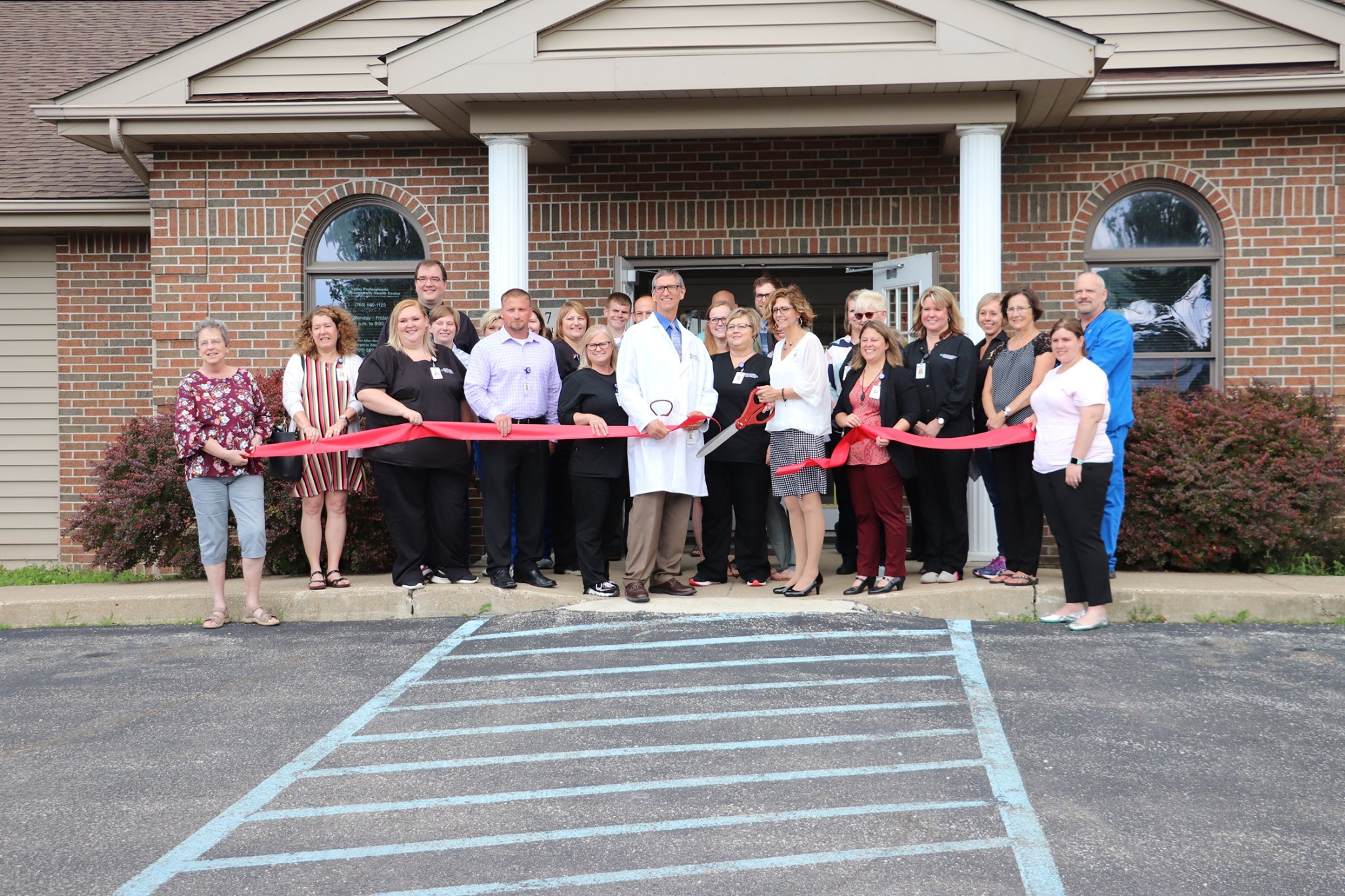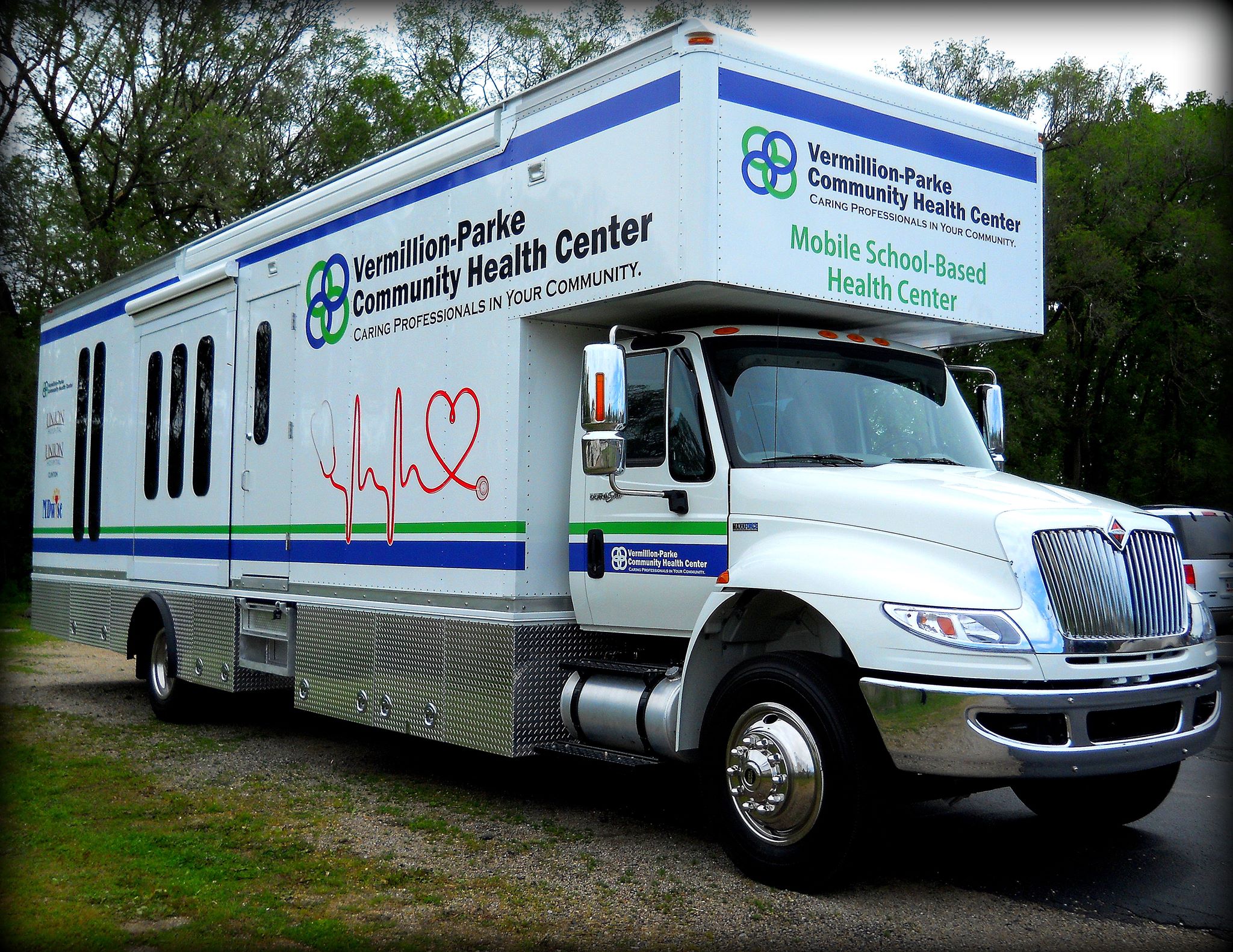This month helps raise awareness for this condition and encourages those suffering from it to reach out and get the help they need. There are 8 million people in the U.S. struggling with PTSD. Post-traumatic stress disorder (PTSD) is a mental health condition that's triggered by a terrifying event — either experiencing it or witnessing …
This month helps raise awareness for this condition and encourages those suffering from it to reach out and get the help they need.
There are 8 million people in the U.S. struggling with PTSD. Post-traumatic stress disorder (PTSD) is a mental health condition that’s triggered by a terrifying event — either experiencing it or witnessing it. Symptoms may include flashbacks, nightmares, and severe anxiety, as well as uncontrollable thoughts about the event.
Most people who go through traumatic events may have temporary difficulty adjusting and coping, but with time and good self-care, they usually get better. If the symptoms get worse, last for months or even years, and interfere with your day-to-day functioning, you may have PTSD.
Post-traumatic stress disorder symptoms may start within one month of a traumatic event, but sometimes symptoms may not appear until years after the event. These symptoms cause significant problems in social or work situations and relationships. They can also interfere with your ability to go about your normal daily tasks.
PTSD symptoms are generally grouped into four types: intrusive memories, avoidance, negative changes in thinking and mood, and changes in physical and emotional reactions. Symptoms can vary over time or vary from person to person.
Intrusive memories
Symptoms of intrusive memories may include:
- Recurrent, unwanted distressing memories of the traumatic event
- Reliving the traumatic event as if it were happening again (flashbacks)
- Upsetting dreams or nightmares about the traumatic event
- Severe emotional distress or physical reactions to something that reminds you of the traumatic event.
Avoidance
Symptoms of avoidance may include:
- Trying to avoid thinking or talking about the traumatic event.
- Avoiding places, activities, or people that remind you of the traumatic event.
Negative changes in thinking and mood.
Symptoms of negative changes in thinking and mood may include:
- Negative thoughts about yourself, other people, or the world
- Hopelessness about the future
- Memory problems, including not remembering important aspects of the traumatic event.
- Difficulty maintaining close relationships.
- Feeling detached from family and friends
- Lack of interest in activities you once enjoyed.
- Difficulty experiencing positive emotions.
- Feeling emotionally numb
Changes in physical and emotional reactions
Symptoms of changes in physical and emotional reactions (also called arousal symptoms) may include:
- Being easily startled or frightened
- Always being on guard for danger
- Self-destructive behavior, such as drinking too much or driving too fast
- Trouble sleeping
- Trouble concentrating
- Irritability, angry outbursts or aggressive behavior
- Overwhelming guilt or shame
Getting effective treatment after PTSD symptoms develop can be critical to reducing symptoms and improving function. You are not alone. Talk to your doctor at your next appointment and share your concerns. A referral can be made to VPCHC’s behavioral health team, and you can start taking back your life.
By: Becky Robeson, Behavioral Health Provider
Book a Consultation
It’s easy and free!






















